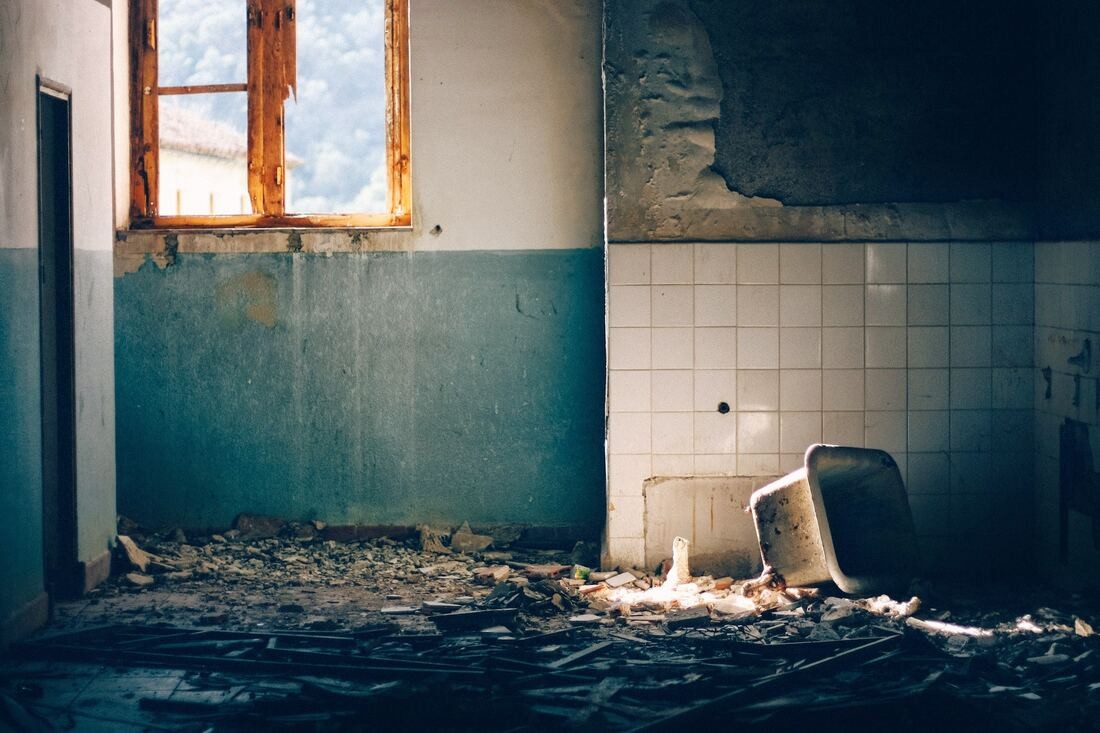
The Impact of Water Damage on the Automotive Industry
Water damage can have a significant impact on the automotive industry. From flooded dealerships to damaged vehicles, this natural disaster can disrupt operations and result in substantial financial losses. To understand the magnitude of the issue and the steps involved in restoration, it’s important to examine the effects of water damage on the automotive industry.
1. Damaged Vehicles

When a flood occurs, vehicles may become submerged in water, leading to extensive damage. Water can enter the engine, transmission, and electrical components, causing irreversible harm. This damage can render the vehicles useless, resulting in substantial financial losses for both manufacturers and dealerships.
2. Disrupted Production
Floods can disrupt the production process in automotive manufacturing plants. If a plant is located in a flood-prone area, it may need to halt operations temporarily or even permanently if the damage is severe. This can lead to delays in production, impacting supply chains and causing potential shortages of vehicles in the market.
3. Supply Chain Disruptions
In addition to manufacturing plants, water damage can also affect the transportation and logistics of automotive parts. Floods can damage roads, bridges, and other infrastructure, making it difficult for suppliers to deliver components to the manufacturing plants. This can further contribute to supply chain disruptions and delays in vehicle production.

4. Dealership Damages
Flooded dealerships can suffer extensive damages to their premises as well as their inventory. Water can damage the structural integrity of the buildings, electrical systems, and other equipment. Vehicles on the dealership lots may also be affected, resulting in significant financial losses for the dealers.
5. Insurance Claims
Flooded vehicles and damaged dealership properties often result in a surge of insurance claims. Insurance companies may incur substantial costs to cover the damages and losses suffered by the automotive industry. This can also impact insurance premiums, making it more expensive for dealers and manufacturers to protect their businesses against future risks.
Restoration Process for Water-Damaged Vehicles
Restoring water-damaged vehicles in the automotive industry requires a comprehensive process to ensure the safety and functionality of the vehicles. Here are some key steps involved in the restoration process:
1. Inspection and Assessment
First, the vehicles need to be thoroughly inspected to assess the extent of the water damage. This involves checking the engine, transmission, electrical systems, interior components, and structural integrity of the vehicle.
2. Drying and Decontamination
Next, the vehicles need to be properly dried and decontaminated to remove any moisture and prevent the growth of mold and bacteria. This involves using specialized equipment and techniques to ensure all affected areas are thoroughly dried.
3. Component Replacement and Repair
Any damaged components or systems need to be repaired or replaced to restore the functionality of the vehicles. This may include replacing the engine, transmission, electrical wiring, and interior components.
4. Electrical System Testing
After the repairs and replacements, the electrical systems of the vehicles need to be tested to ensure they are functioning properly. This involves checking the wiring, sensors, and other electrical components for any potential issues.
5. Detailing and Quality Control
Once the restoration process is complete, the vehicles undergo detailing to ensure they are in optimal condition for resale or use. Quality control measures are implemented to verify that all repairs have been completed to the highest standards.
By following these steps, the automotive industry can restore water-damaged vehicles and mitigate the financial losses caused by floods.
FAQs
What are the common causes of water damage in vehicles?
How long does the restoration process for water-damaged vehicles usually take?
Water damage can have a significant impact on the automotive industry, causing damage to vehicles and disrupting production and supply chains. However, with a comprehensive restoration process, water-damaged vehicles can be repaired and restored to their pre-damaged condition, minimizing the financial losses for dealerships and manufacturers.
If you require water damage restoration services for your automotive industry-related properties, contact JGW Group Water Damage Restoration Deerfield Beach. Our expert team is available 24/7 to provide emergency plumbing services, pipe repair, and water damage restoration to ensure the safety and functionality of your properties.



